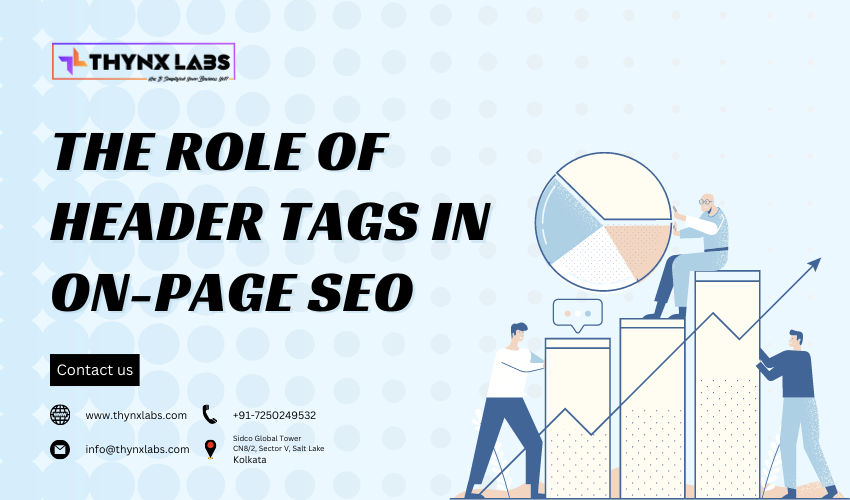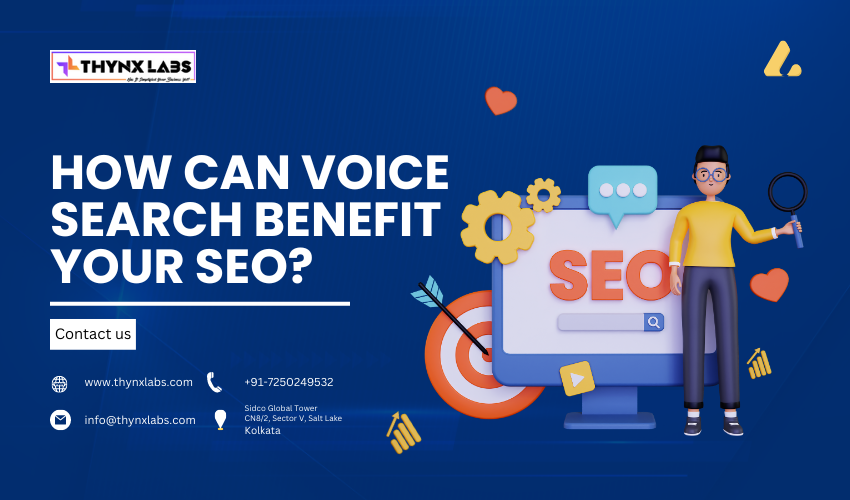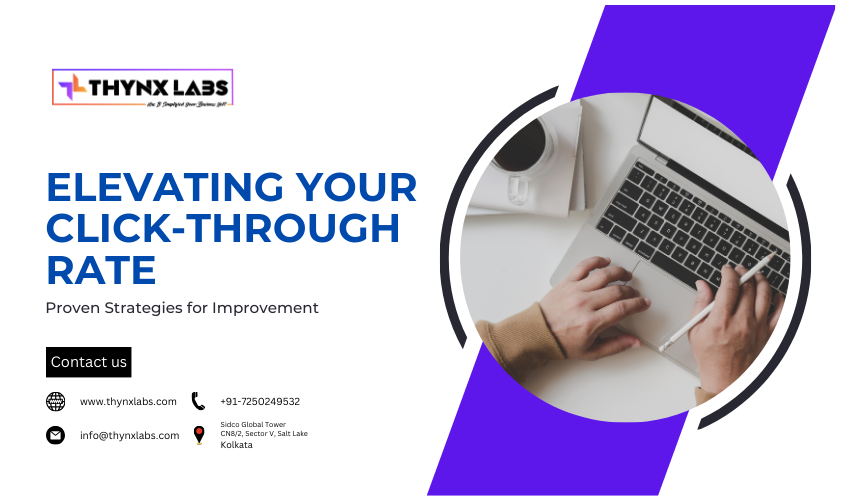Creating an Effective Landing Page
Top Key Attributes for Creating an Effective Landing Page
In the competitive digital landscape, crafting a high-performing landing page is crucial for driving conversions and maximizing ROI. To create a compelling user experience and enhance your website's SEO, it's essential to optimize your landing page with specific attributes that resonate with your audience. Below are key elements to consider when designing an effective landing page that captivates and converts.
Clear and Concise Headline
A captivating headline is the first impression your landing page makes on visitors. It should be clear, concise, and directly related to the offer or value proposition. Use relevant keywords that align with user intent to improve search engine visibility and convey the purpose of your page immediately.
Compelling Call-to-Action (CTA)
The call-to-action (CTA) is the gateway to conversion. Make your CTA stand out by using actionable language and persuasive copy. Use active verbs like "Get Started," "Download Now," or "Sign Up" to prompt immediate action. Incorporate contrasting colors to draw attention to the CTA button and ensure it's prominently displayed on the page.
Engaging Visuals and Multimedia
Visual content such as high-quality images, videos, or infographics can significantly enhance user engagement. Use visuals that complement your message and help convey information quickly and effectively. Optimize images for fast loading times to improve user experience and reduce bounce rates.
Persuasive Copywriting
Craft compelling copy that speaks directly to your audience's needs and pain points. Use persuasive language to highlight the benefits of your product or service. Focus on addressing how your offering solves a problem or fulfills a desire for the visitor. Incorporate relevant keywords naturally throughout the content to improve SEO without sacrificing readability.
Mobile Optimization
With a growing number of users accessing the internet via mobile devices, optimizing your landing page for mobile responsiveness is paramount. Ensure that your page layout is responsive and elements are properly aligned for smaller screens. Test your landing page across various devices to guarantee a seamless user experience regardless of the platform.
Social Proof and Trust Signals
Build credibility and trust with your audience by incorporating social proof elements such as testimonials, client logos, or user reviews. Display trust badges or security icons to reassure visitors about the safety of their information. Highlight any awards or certifications to establish authority in your industry.
A/B Testing and Optimization
Continuous optimization is key to improving the performance of your landing page. Conduct A/B tests to experiment with different elements such as headlines, CTAs, or visuals. Analyze the results to identify which variations resonate best with your audience and drive higher conversions. Implement changes based on data-driven insights to refine your landing page over time.
Fast Loading Speed
Page speed plays a critical role in user experience and SEO rankings. Optimize your landing page for fast loading times by minimizing HTTP requests, optimizing images, and leveraging browser caching. Use tools like Google PageSpeed Insights to identify performance bottlenecks and implement recommended optimizations.
In conclusion, a well-designed landing page is essential for capturing and converting visitors into customers. By incorporating these key attributes into your landing page strategy, you can create a compelling user experience that drives conversions and boosts your website's search engine visibility. Continuously monitor and optimize your landing page to adapt to changing user behaviors and maximize your digital marketing efforts.


